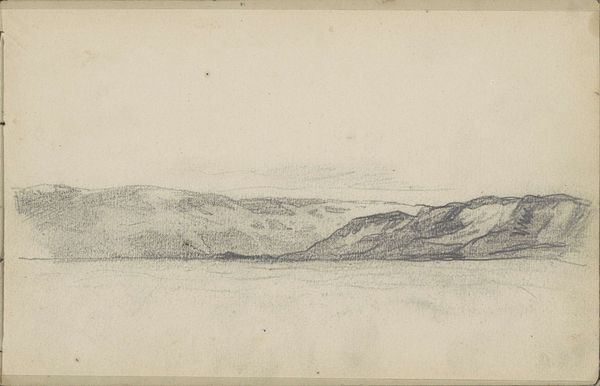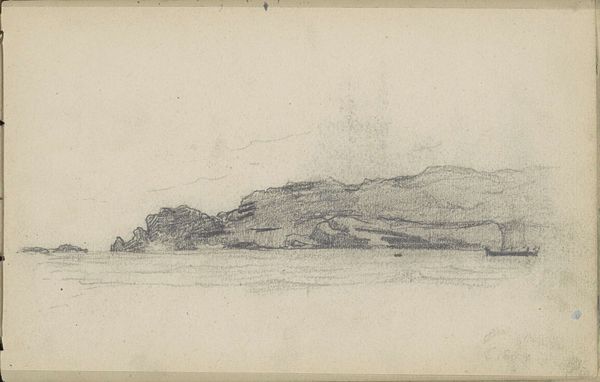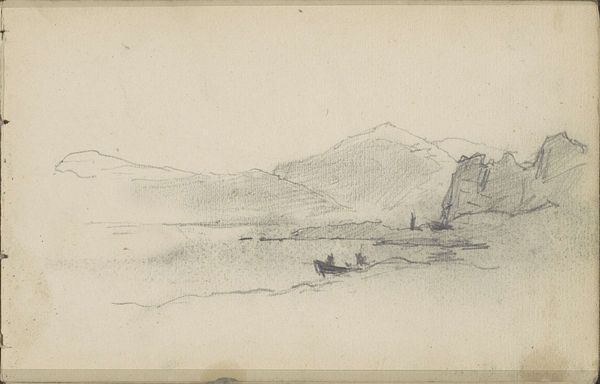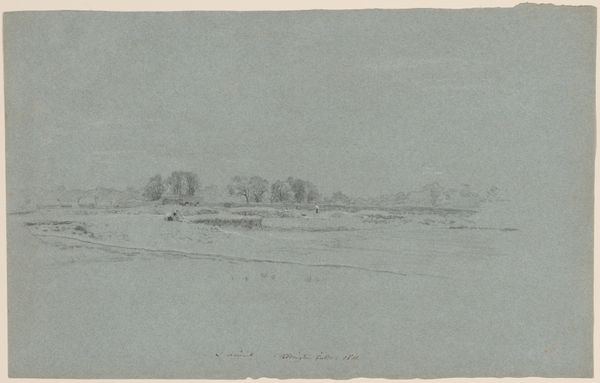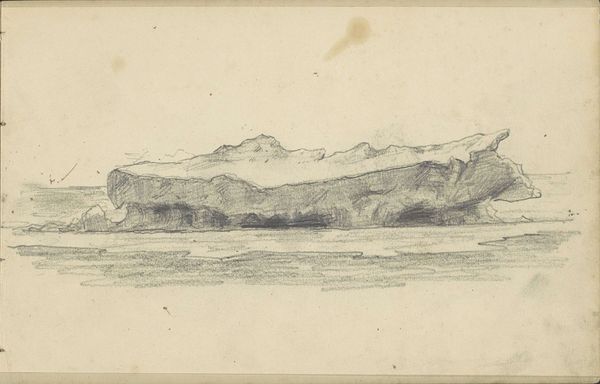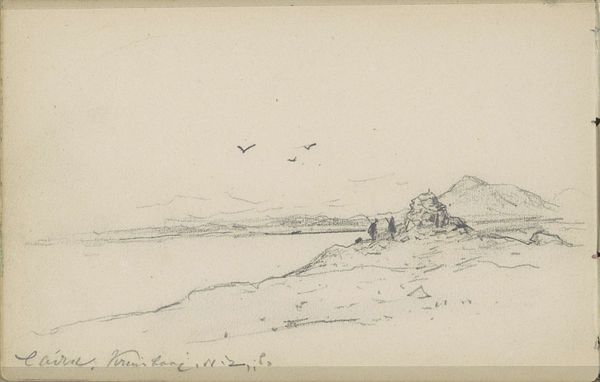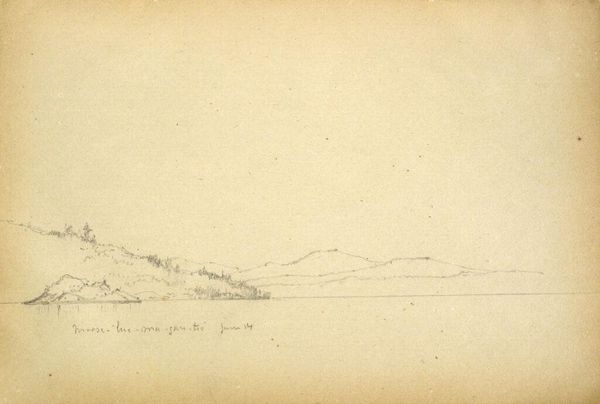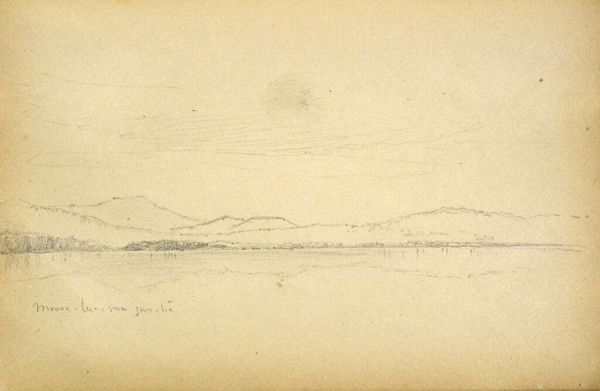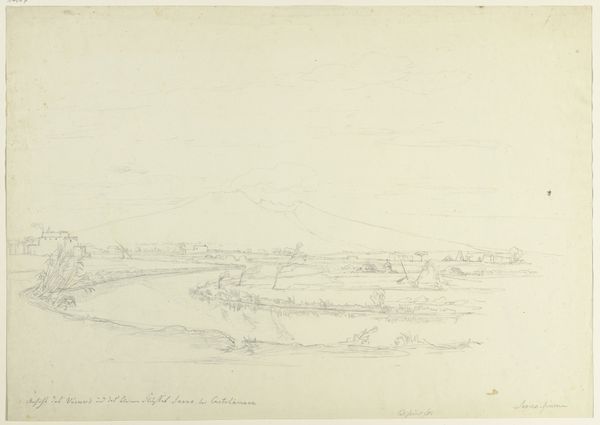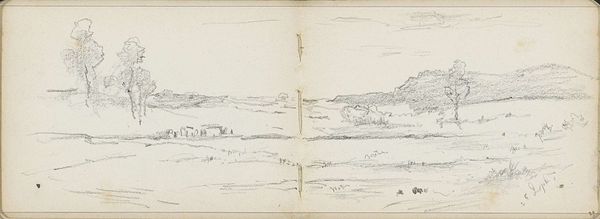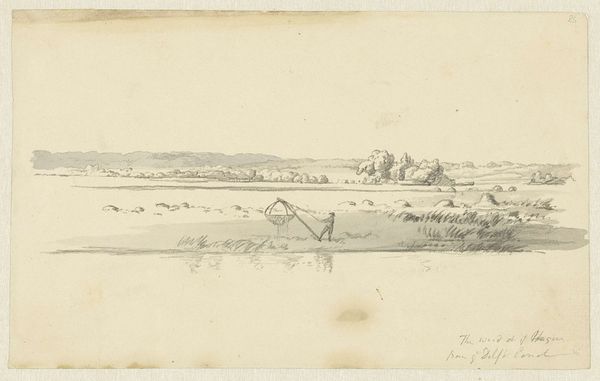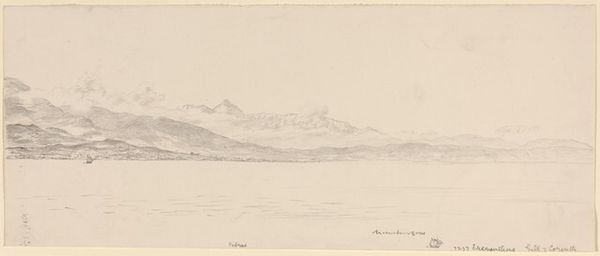
drawing, pencil
#
drawing
#
pencil sketch
#
landscape
#
pencil
#
watercolor
#
realism
Copyright: Rijks Museum: Open Domain
Editor: So, this is "Gezicht op het Russische station te Malye Karmakuly, Nova Zembla," a pencil and watercolor drawing by Louis Apol, dating back to 1880. There's such starkness to the landscape. It feels empty, vast… almost desolate. What do you see in it? Curator: Desolate, yes, but also imbued with a specific kind of hope. Look at the light; it seems to cling to the station itself, as if illuminating a new foothold of civilization. The artist chose to depict a scene where culture makes an intrusion upon the sublime indifference of nature. Do you get a sense of that tension? Editor: I do now. It’s subtle, but definitely there. So the "Russian station" signifies something beyond just a geographical location? Curator: Exactly! The station, even in its smallness, represents humanity's persistent urge to explore, to colonize, to understand. Note how Apol has rendered the geological forms, too. The ancientness of the rocks juxtaposed against the relative newness of the station sets up an inherent symbolic contrast. Editor: Almost like a David and Goliath of culture versus nature… only much more nuanced? Curator: Precisely! Apol gives no easy answers; only an evocative scene pregnant with the quiet drama of opposing forces meeting. We project our aspirations for exploration into such an image; and reflect on where that aspiration can lead. What sort of emotions does it leave *you* with, now? Editor: A sense of the enduring struggle, maybe? And how even a simple sketch can be layered with so much cultural meaning. Curator: Indeed. Apol gives us a glimpse into the grand theater of human ambition painted on an arctic stage. The icon, though unassuming, speaks volumes.
Comments
No comments
Be the first to comment and join the conversation on the ultimate creative platform.
